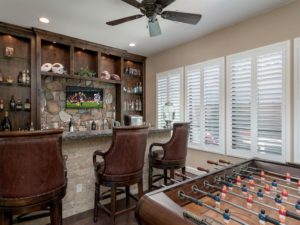 By Joe Szabo, Scottsdale Real Estate Team
After a seller has staged their home and listed it on the market, it’s likely their real estate agent will recommend holding an open house. Home buyers flock to these events for a chance to get a peek inside the closets and stroll through the rooms.
But not everyone who attends open houses is looking to buy. Here are four opportunities open houses present if you’re willing to devote your weekend afternoons to them.
By Joe Szabo, Scottsdale Real Estate Team
After a seller has staged their home and listed it on the market, it’s likely their real estate agent will recommend holding an open house. Home buyers flock to these events for a chance to get a peek inside the closets and stroll through the rooms.
But not everyone who attends open houses is looking to buy. Here are four opportunities open houses present if you’re willing to devote your weekend afternoons to them.
4 Reasons to Go to Open Houses (Even If You’re Not Looking to Buy) By Joe Szabo, Scottsdale Real Estate Team
 By Joe Szabo, Scottsdale Real Estate Team
After a seller has staged their home and listed it on the market, it’s likely their real estate agent will recommend holding an open house. Home buyers flock to these events for a chance to get a peek inside the closets and stroll through the rooms.
But not everyone who attends open houses is looking to buy. Here are four opportunities open houses present if you’re willing to devote your weekend afternoons to them.
By Joe Szabo, Scottsdale Real Estate Team
After a seller has staged their home and listed it on the market, it’s likely their real estate agent will recommend holding an open house. Home buyers flock to these events for a chance to get a peek inside the closets and stroll through the rooms.
But not everyone who attends open houses is looking to buy. Here are four opportunities open houses present if you’re willing to devote your weekend afternoons to them.


 By
By  By
By 
 By
By  By
By  By
By  By
By  By
By 

